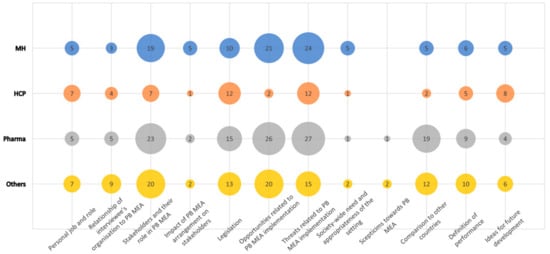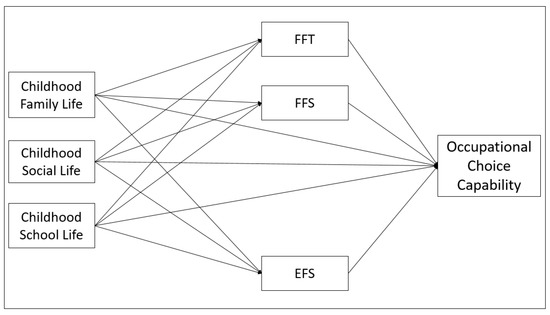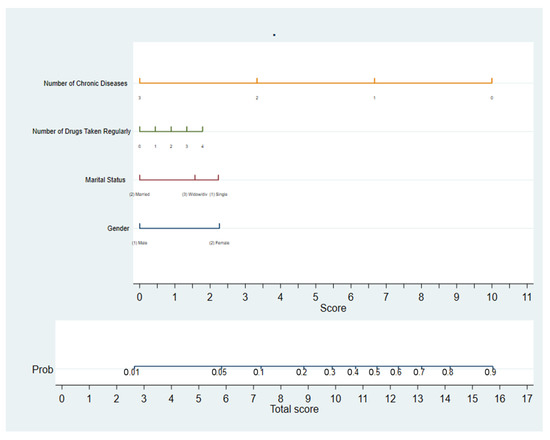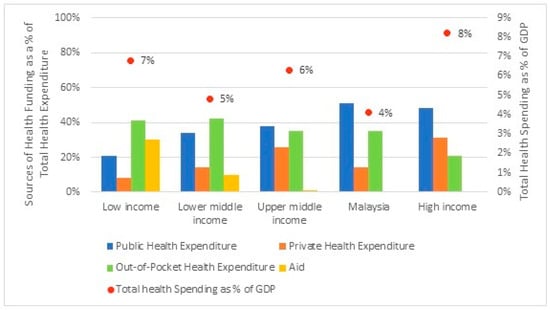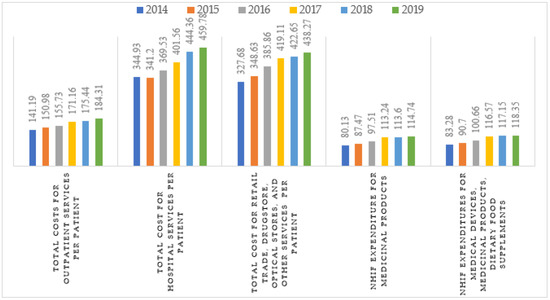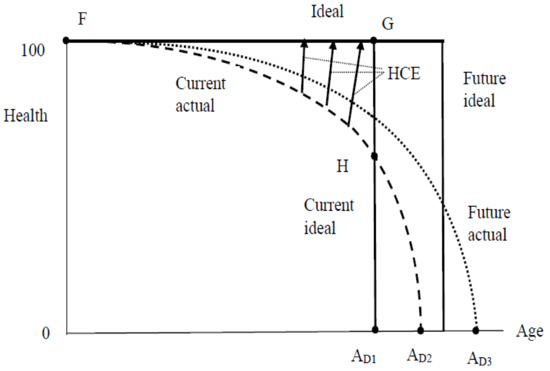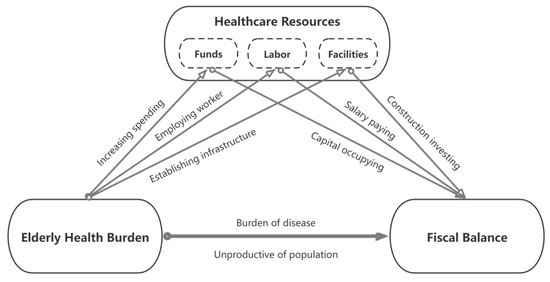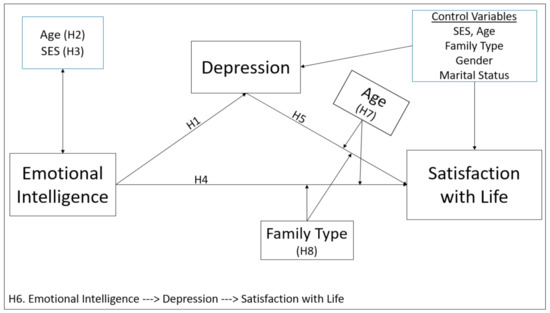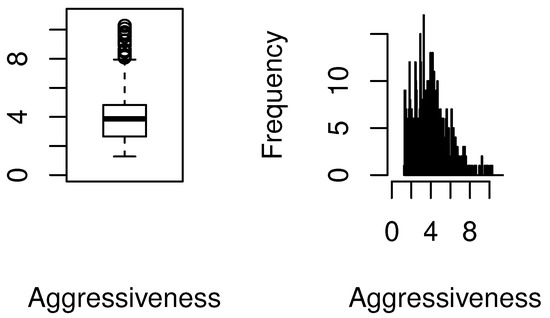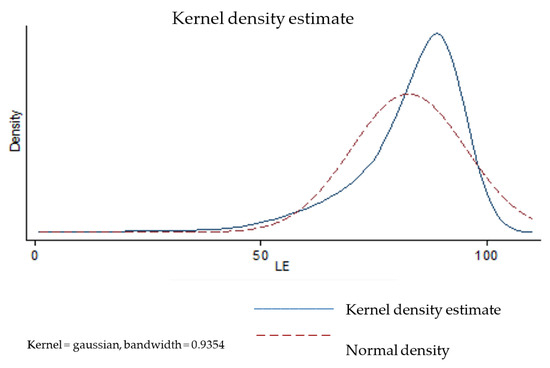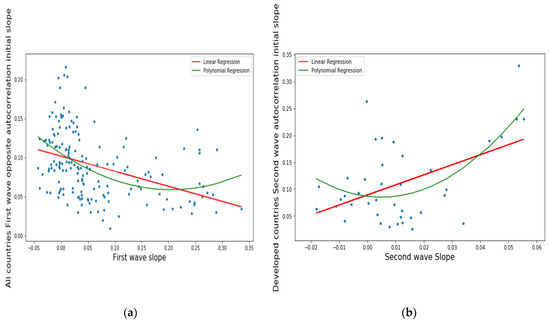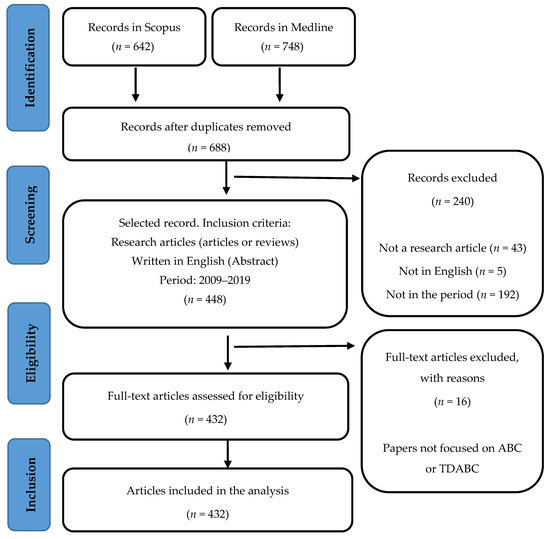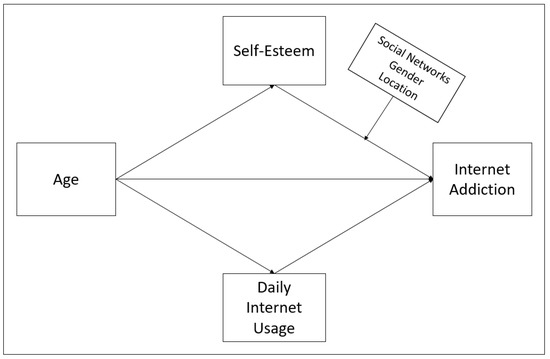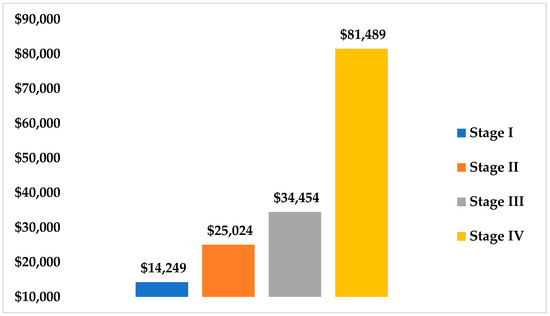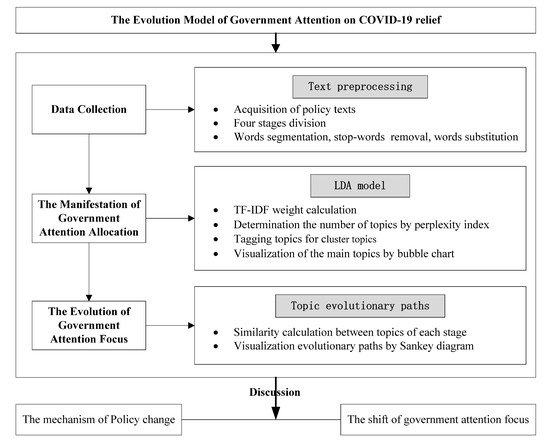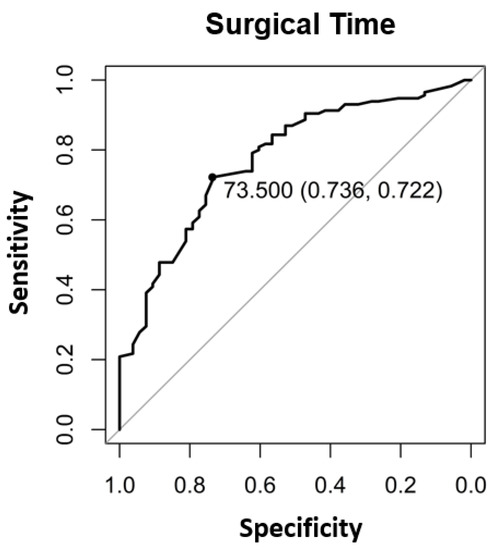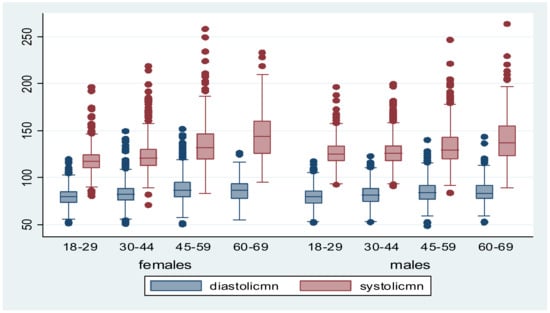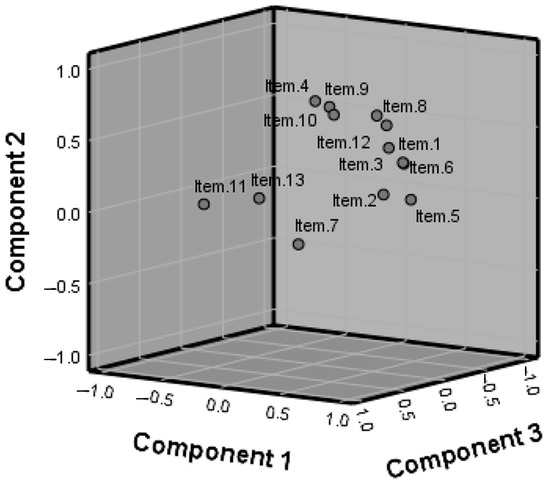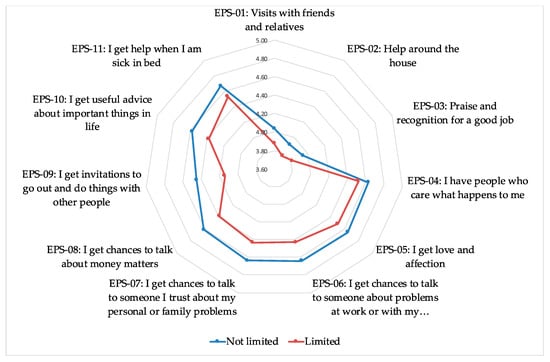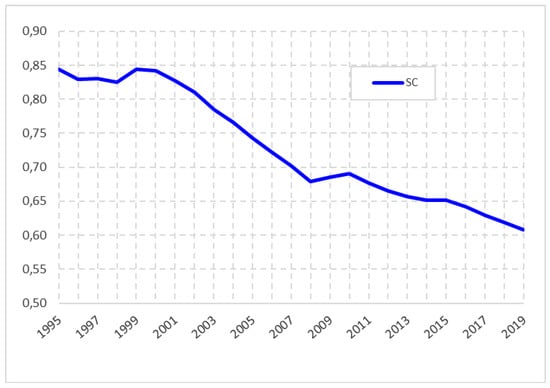Dear Colleagues,
We call for papers for a Special Issue that focuses on global health as well as health economics and finance. The interconnected fluid network formed by the flow of cash, commodities, and communication technologies aided by human mobility helps to address healthcare reform, access, and efficiency in this globalized world. Topics regarding aging and the cost of addressing the spread of COVID-19 and health disparities is actually the epitome of globalization.
The aim of this Special Issue is to help disseminate innovative scholarship and strategies to advance global health, with a particular focus on health economics and finance and their far-reaching ramifications.
Original research, reviews, perspectives, and research notes on any topic relevant to global health are welcome. Multidisciplinary manuscripts related to all aspects of health economics & finance and global health are significant, and those relating to the association of the Global Burden of Disease (GBD) and non-communicable diseases are also eligible to be considered. Additionally, manuscripts on health equity, global health security, implementation research, social determinants of health, population health, and other urgent and neglected global health issues are welcome.
The journal adheres to rigorous standards of peer review and will consider all manuscripts on the basis of ethical and methodological integrity and potential to contribute to the extant body of knowledge. We welcome quality articles in the above areas from scholars from around the world.
Prof. Mustafa Z. Younis
Guest Editor
Manuscript Submission Information
Manuscripts should be submitted online at www.mdpi.com by registering and logging in to this website. Once you are registered, click here to go to the submission form. Manuscripts can be submitted until the deadline. All submissions that pass pre-check are peer-reviewed. Accepted papers will be published continuously in the journal (as soon as accepted) and will be listed together on the collection website. Research articles, review articles as well as short communications are invited. For planned papers, a title and short abstract (about 100 words) can be sent to the Editorial Office for announcement on this website.
Submitted manuscripts should not have been published previously, nor be under consideration for publication elsewhere (except conference proceedings papers). All manuscripts are thoroughly refereed through a single-blind peer-review process. A guide for authors and other relevant information for submission of manuscripts is available on the Instructions for Authors page. Healthcare is an international peer-reviewed open access semimonthly journal published by MDPI.
Please visit the Instructions for Authors page before submitting a manuscript.
The Article Processing Charge (APC) for publication in this open access journal is 2700 CHF (Swiss Francs).
Submitted papers should be well formatted and use good English. Authors may use MDPI's
English editing service prior to publication or during author revisions.
